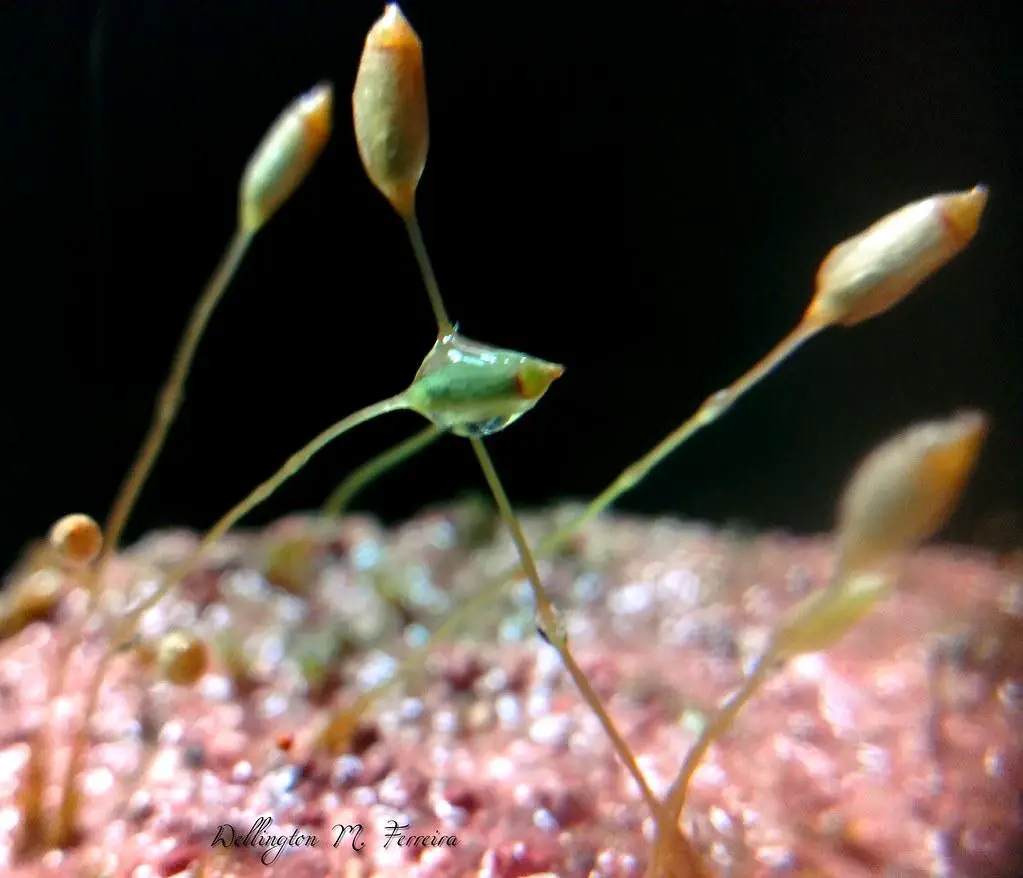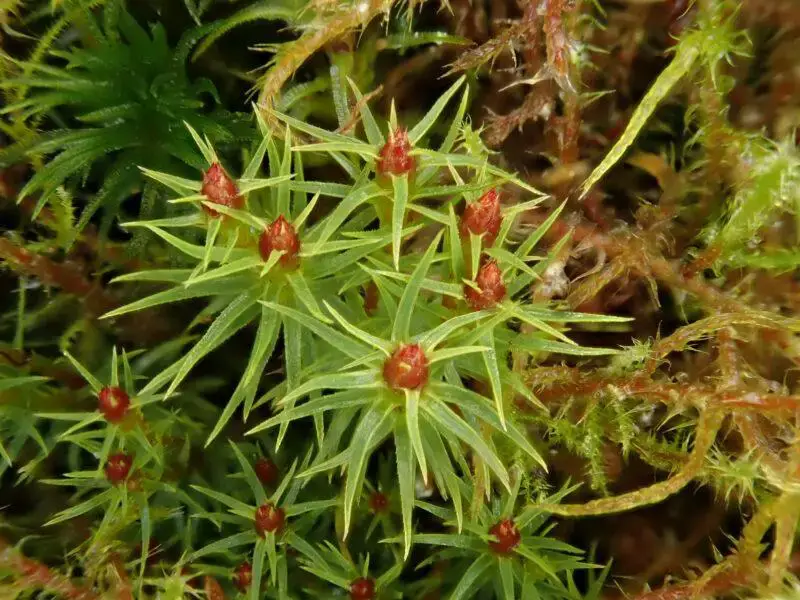
27123557863_7a80f2d75f_b.jpg from: https://www.flickr.com/photos/141206073@N04/27123557863/
Exploring the Fascinating World of Pogonatum proliferum Moss

2021-01-14-15-12-15-800×600.jpg from: https://www.britishbryologicalsociety.org.uk/learning/species-finder/pogonatum-urnigerum/
Introduction
Mosses are often overlooked, but they play crucial roles in ecosystems around the world. One particularly interesting species is Pogonatum proliferum (Griff.) Mitt., a moss in the Polytrichaceae family. In this blog post, we’ll dive into the details of this fascinating plant, from its unique morphology to its global distribution and ecological importance.
Background on Mosses
Mosses are small, non-vascular plants in the division Bryophyta. Unlike other land plants, they lack true roots, stems, and leaves. Instead, they have rhizoids that anchor them and absorb water and nutrients. Mosses reproduce via spores rather than seeds and are found in diverse habitats worldwide, from arctic tundra to tropical rainforests.
Morphology and Identification
Pogonatum proliferum is a medium-sized moss, typically growing 1-4 cm tall. Its leaves are lanceolate (lance-shaped) and have toothed margins. The leaves are arranged spirally around the stem and have a distinct midrib. Pogonatum mosses are acrocarpous, meaning they produce sporophytes at the tips of the main stems.
One of the most distinctive features of P. proliferum is its proliferous growth habit. It produces small, deciduous branchlets from the base of the leaves, which can detach and grow into new plants. This vegetative reproduction allows it to spread quickly and colonize new areas.
Global Distribution and Habitat
P. proliferum has a wide distribution, found in Asia, Africa, Australia, and the Pacific Islands. It grows in a variety of habitats, including on soil, rocks, and tree trunks in forests, grasslands, and disturbed areas. In some regions, it is considered a pioneer species that helps stabilize soils and pave the way for other plants to establish.
Ecological Roles and Adaptations
Like other mosses, P. proliferum plays important ecological roles:
- Erosion control: Its dense mats help hold soil in place and prevent erosion.
- Water retention: Moss clumps act like sponges, absorbing and slowly releasing water, regulating moisture in the environment.
- Habitat for microorganisms: Mosses provide shelter and food for diverse communities of tiny organisms like tardigrades, nematodes, and more.
- Carbon sequestration: As they photosynthesize, mosses take up CO2 from the atmosphere and store carbon in their tissues and the soil.
P. proliferum has several adaptations that allow it to thrive:
- Desiccation tolerance: It can survive periods of drying out by going dormant until moisture returns.
- Asexual reproduction: The proliferous branchlets allow it to spread without relying on spore dispersal.
- Rhizoid anchoring: Strong rhizoids help it attach to substrates and access water and nutrients.
Conclusion
Pogonatum proliferum is a small but mighty moss with a fascinating biology and important ecological roles. From its global distribution to its unique proliferous growth, it illustrates the incredible diversity and resilience of these ancient plants. Next time you’re out in nature, take a closer look – you might just spot some Pogonatum! What other cool mosses have you encountered?